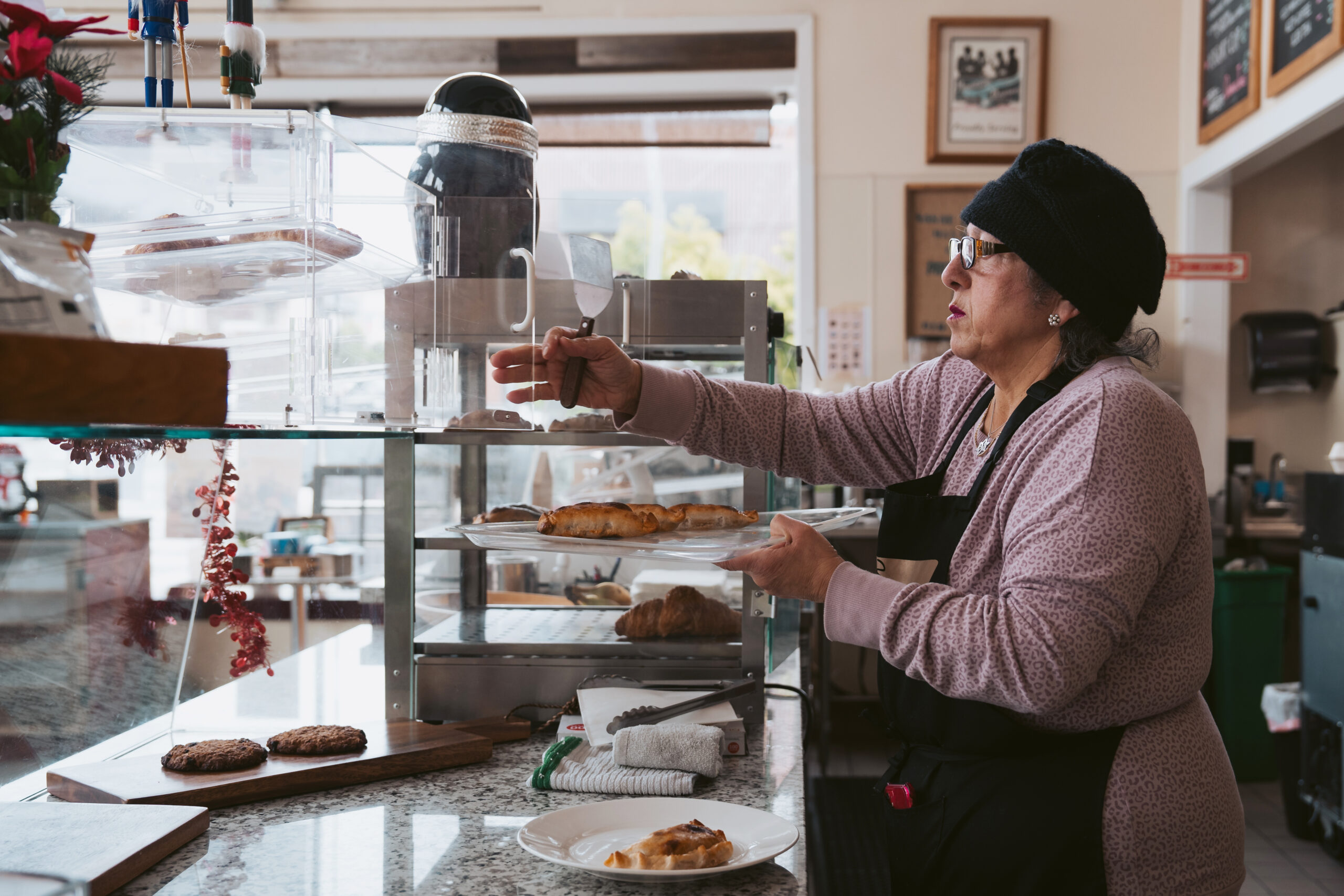When Covid completely upended San Francisco’s bar and restaurant industry, Michael Seitz realized he was looking at a once-in-a-lifetime chance to expand his brewery.
“This might be the only time in San Francisco’s history where it would be a good time to go looking for some new opportunities,” Seitz recalled thinking.
Up until that point, Barebottle Brewing Company sold its locally made beverages wholesale to bars and restaurants. But Seitz wanted to open his own beer garden, and it suddenly looked possible to find a cheap long-term lease that he could ride for years to come.
The result of Seitz’s idea, the new Barebottle Beer Garden at Salesforce Park, is on track to open Dec. 22.
Seitz is in good company. This October, San Francisco registered 120 new food service businesses—the most in a single month since the pandemic began.
In fact, over 100 new food service locations registered with the city each month from June through October 2022, the longest streak of triple-digit registrations since 2019, according to data from the SF Controller’s Office.
Translation: A flood of new restaurants will be opening in the city in 2023.
Registering with the city is an important step businesses take before officially welcoming customers, so these recently registered businesses are poised to begin dishing out in the coming months.
While we’re not out of the woods yet, it started to look a lot more like pre-pandemic times in the second half of 2022. SF’s aspiring restaurateurs responded to the improving public health conditions, along with the pent-up demand for eating and drinking out, said Katy Tang, executive director of SF’s Office of Small Business. Many had been waiting for the right moment to act.
“There are still a lot of small business entrepreneurs out there who have dreams to open restaurants, to open cafes, and those dreams still exist, whether a pandemic is there or not,” Tang said.
The city’s economic core emptied out as work-from-home took hold. As old businesses shuttered, new ones moved in to take advantage of attractive leases Downtown, Golden Gate Restaurant Association Executive Director Laurie Thomas said.
While she’s encouraged by the recent uptick of “brave souls” jumping into the industry, it comes on the heels of a devastating two years that took out many restaurateurs. Some of these new businesses are replacing old restaurants that have come under new ownership, Thomas pointed out.
That’s the case for Romania Daza. Daza and her husband, Gabriel Gonzalez, watched as their friend’s restaurant struggled to regain its footing after a yearlong closure brought on by Covid. The couple, who always dreamed of owning a cafe, decided to buy the business and rename it.
The pair opened Tabita’s Cafe in the Sunset last February and now serve their signature Chilean empanadas, based on a recipe from Daza’s late mother, alongside other breakfast and lunch fare. Daza loves hosting her customers, especially elderly people who might not have many people to talk to in their day-to-day life.
“That is the most rewarding aspect of having a cafe, where people come in and enjoy the cup of coffee and I go out of the way to make them feel at home,” Daza said.
But so far, those rewards have come more in the form of customer friendships than financial gain for Daza.
“My piggy bank is going down,” she said.
Daza isn’t the only restaurateur struggling to turn a profit.
Food business owners, both new and old, are contending with recent spikes in the cost of food, alcohol, labor and utilities. That, combined with flu season and rising Covid rates, could topple even more restaurants in coming months, Thomas said.
When sidewalks are lined with empty storefronts, it degrades the feel of the city’s neighborhoods, Tang said. That’s why her office is committed to getting more and more new businesses up and running.
“We need these commercial spaces filled,” she said.
While the city has rolled out grant programs and training to help aspiring business owners navigate the complex bureaucracy of launching an enterprise, that’s no guarantee of longevity. So as the wave of new restaurants and bars washes over the city in 2023, San Franciscans will need to keep spending time out on the town, and off their couch, to keep it from receding.
